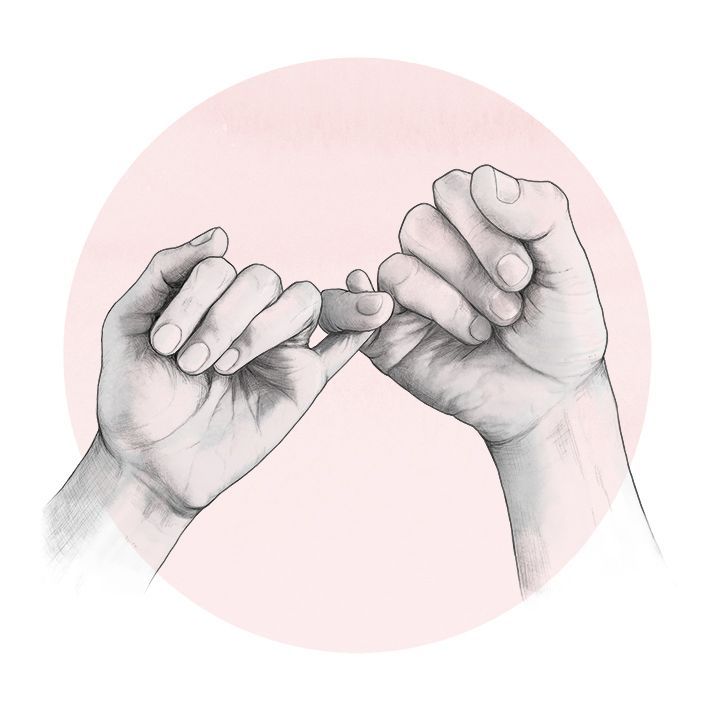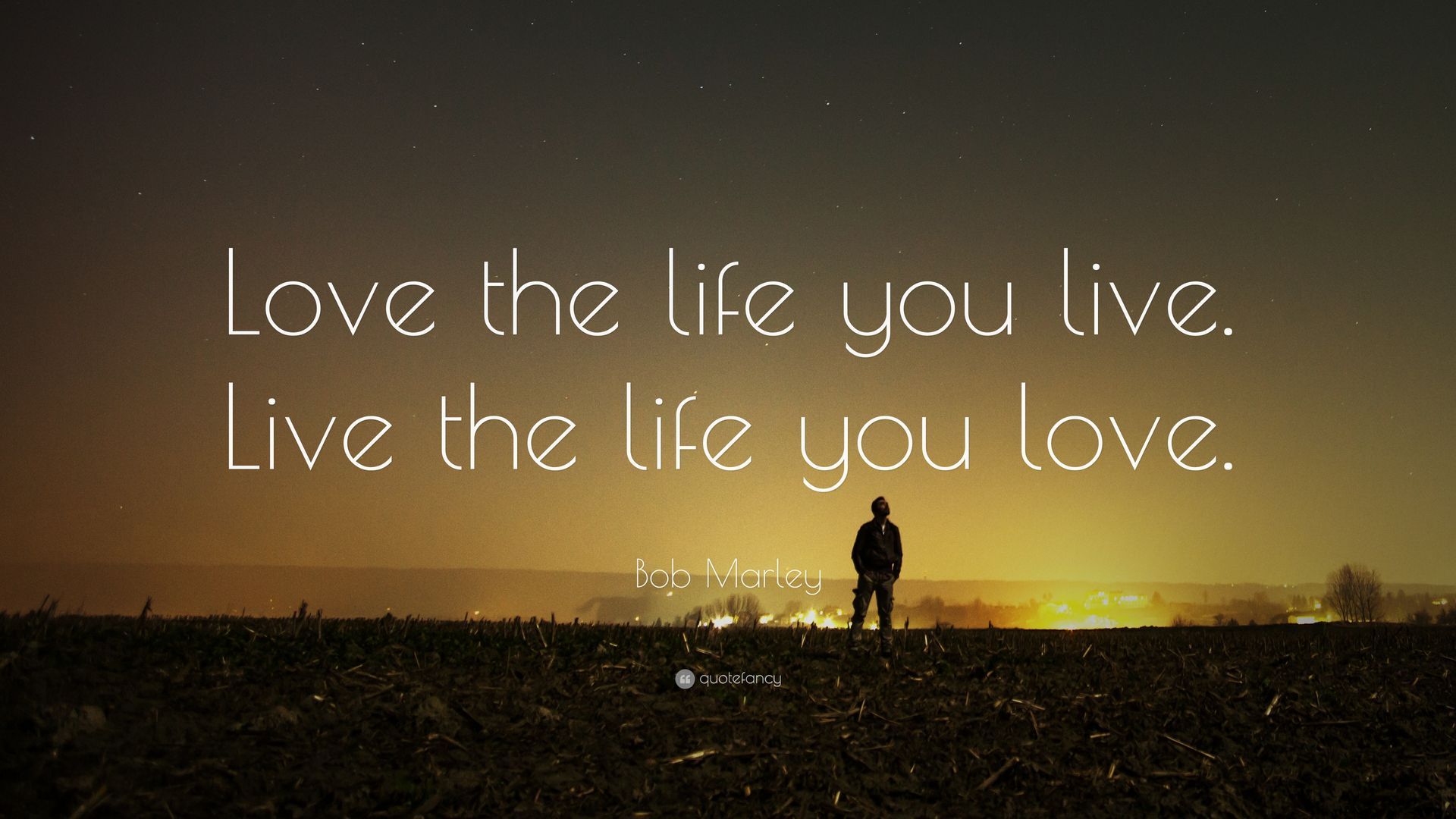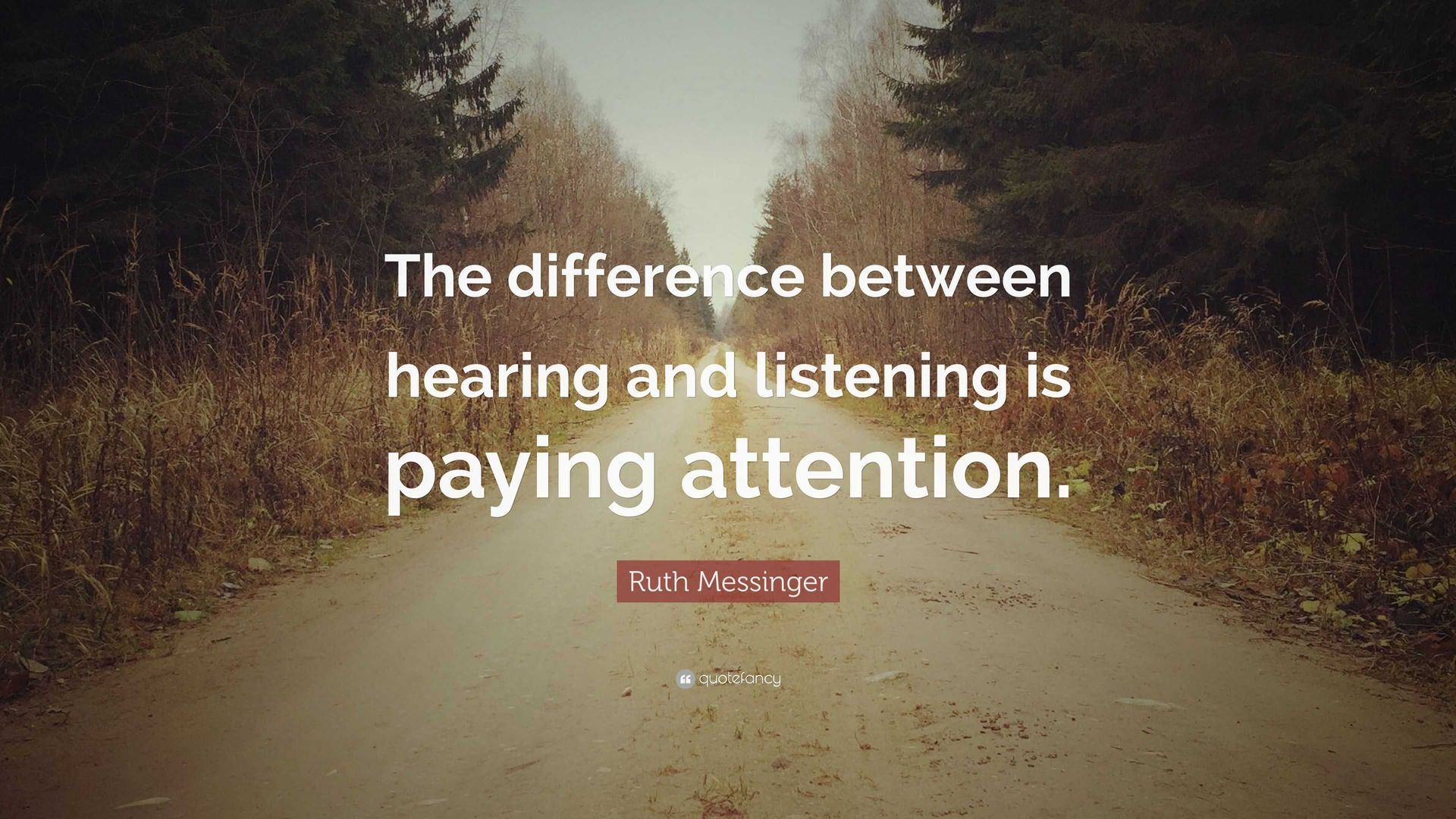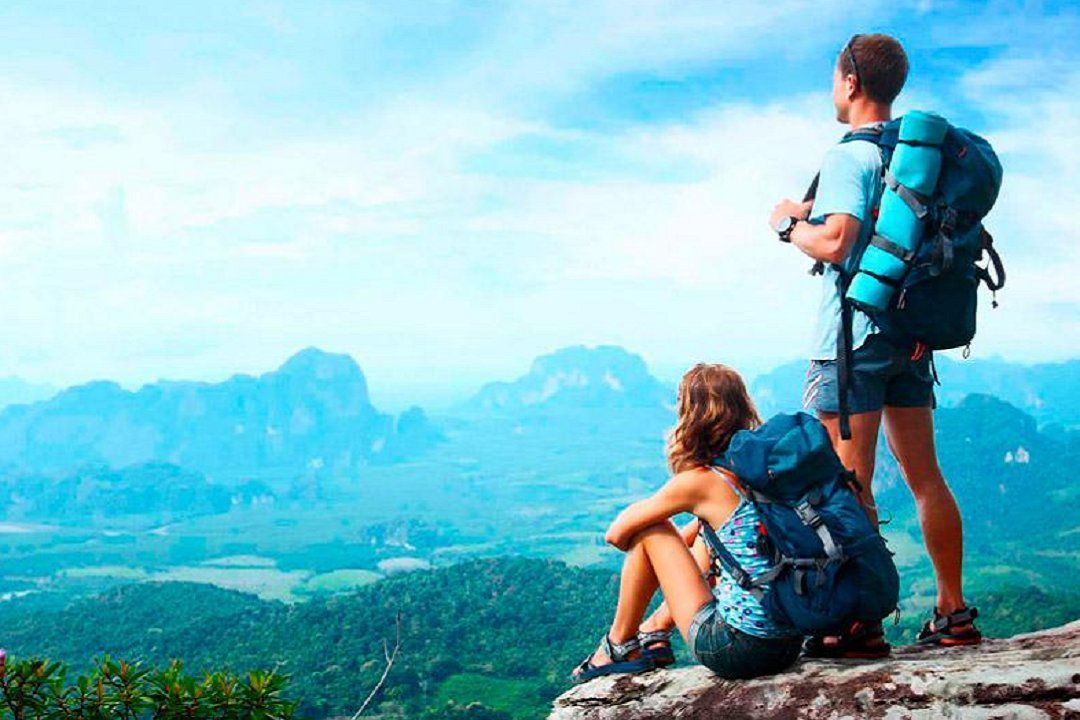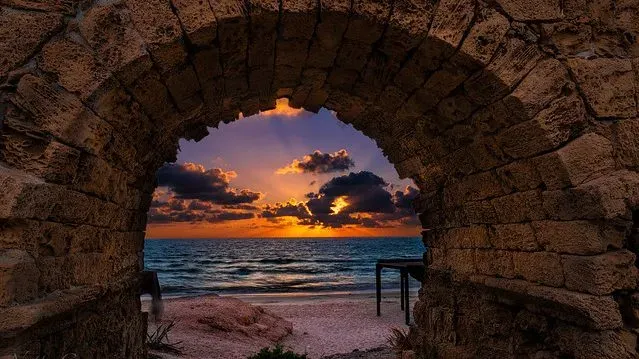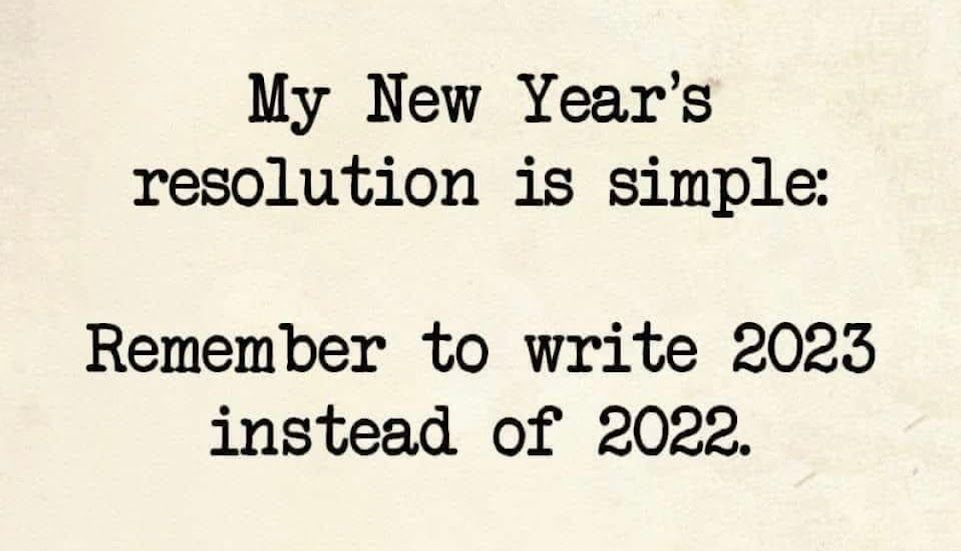In what would ordinarily be considered a brief period, nine weeks, we have experienced more change than some societies have seen in a lifetime. Most of these adjustments do not align with the beliefs and plans we have made for our lives. Here, I present to you an outline of this time, some effects upon our lives and thoughts to reconcile these experiences to make sure our well-being is intact.
The Phases of COVID-19: March 23, 2020 or whatever day that was.
Amongst the critical issues within this COVID-19 season, is the important discussion about well-being, which may otherwise be referred to as mental and physical health. With regards to mental health, there is a tendency to think it primarily refers to chronic and severe struggles. This is a fallacy. That is like saying heart health means you have heart disease. On the contrary, mental health and any other type of health is about strength and weakness. As this new chapter of global history unrolls, the direct and collateral effects of, what I now call, *covidity has established a presence in most aspects of our lives. As this virus persists, the overall response to sheltering-in-place has left a trail. Broken down into week-long phases, we have the chance to assess our responses and regulate behaviors that best impact our well-being and future. Although the dates from different locations vary, the behavioral phases seem to be the same. Understanding these phases provides a map to how we have reacted and in what ways we can assert control of our emotions, reactions and outlooks and day-to-day lives.
The first week
of sheltering in place was wrought by forming thoughts and plans guided by constant streams of news and editorials. Since December 2019, people were sick and dying from an invisible rival. Data driven information suggested that we could “flatten the curve” if we hunkered down, wore face masks and gloves that were once the regalia of medical staff. We were now all responsible for each other’s health – not just our own. Some people felt that this maximalist response was unwarranted while others listened and acted dutifully. There was confusion as we moved from caution to potential quarantine, with a shift in how people operated at home, school and business. Online meetings significantly increased as the greater number of people fumbled their way through signing in, signing on and staying on. Zoom was becoming a household word. The surge to buy paper goods and hand sanitizer had a second wave. There was a push back against both disbelief and belief in viral power. Global neighbors reached out through social media to explain their experiences and convince mankind that coronavirus was nothing to be trifled with. A sense of seriousness filled the air, as we learned that market visits and other essential routines would suddenly decrease or cease to exist an undetermined period of time.
Although uncomfortable, week two
brought both panic and a little relief. We began to feel like this pandemic was real and truly alter life as we know it, sheltering-in-place was somewhat novel as people worked to find their footing. It was a marker for the generations who had lived during the year 2020. You lived through the great depression? I lived through the COVID-19 global crisis. We learned about every pandemic the world has experienced and what a pandemic is and is not. New routines began to take hold: at-home schooling, how to position your work computer so everyone thinks your house is gorgeous and you really don’t have that pile of clothing behind you, and shopping with safety gave shallow peace of heart as we began to reticently elbow bump with the “new normal”. There was more home cooking, more baking and wondering if the effects of COVID-19 were similar to the Freshman 15. Nevertheless, there remained a desire for the virus to pass so we could get back to our lives.
Week three
saw a rise in frustration. People began talking about the surprising grief over the loss of in-person social connections and time spent in our routine places such as work, the park, the rest of the neighborhood, and the store. We found ourselves thankful for connectivity even if that was while standing near, but far enough away, from someone else while pumping gas or talking a walk. We wondered if it we were correctly socially distanced if we took a walk with a friend. Morning smiles to neighbors or store employees was a thing of the past, as you cannot see beyond the mask. We yearned for answers and adjusted as we knew best. Online social media kept us connected as increasing numbers of people created TikTok accounts to share and inspire others. Liquor stores remained essential providing contact free sales as the number of online happy hours taking place. Restaurants did the same providing curbside service and increasing their delivery perimeters. Social media continued to fill the gap left by minimized person-to-person opportunities. No problem though, we said, we have got this and so do our front-line workers. We continued to stand on our balconies, roofs and leaned from our windows cheering, singing and knowing that we were alone together.
Week four
saw increased anxiety, a stark realization that normally viruses may stay for a couple of weeks or so and then go away. This was not going away. We reminisced about and continued to soak in the information from a myriad of news reports and commentaries. We tried to reason through as conflicting information continued. Conspiracy theorists rejoiced as this was a sign of hidden information and past prophetic utterances, while others realized that there were fewer solid answers than we had hoped for. Either way, we would work to remain as informed as possible. Children continued to need explanations for not being able to go out and play. Together, we all realized that we had come so far, some hospitals were overrun while others were not, you could make an origami bandana out of your scarf, the need to sanitize your hands and items increased sales in grain alcohol. We thought that maybe we had found our temporary groove in this life of rocky terrain. Some considered that perhaps this new way of living is more efficient and just plain smarter. Business expenditures decrease when employees work from home (under the roof that the employee pays for). And finally, ventilator productions had increased so that more people could be saved. So much good and so much bad sits upon the shoulders of all who bare it and for some, the burden was becoming too much. While others became rigid so they could stand strong.
Week five
was somewhat alarming. Responsibly isolated, Zooming through our day and Netflixed, YouTubed and Amazon Primed through our night, exasperation increased as some blurted out, I can’t take this anymore. How long am I supposed to stay in like this? This is too scary. I am done. Okay, I am not done but when is this going to end? Despair began to finally show its face, anxiety and depression took a greater stance while others remained determined to continue joy and meaning within the world. Consistent with findings of past non-COVID-19 related studies, such as that in the book Death and Despair, the stressors of economic uncertainty, an affront to the promises of the American Dream and suicide securely all held hands as they have during this pandemic experience . Our well-being was now in question as reports of suicide and poor mental health were on the rise. The avenues where we once blew off steam were significantly narrow, leaving many people with the need to invent new opportunities to feel good. Fears narrowed in concert with the consistency of inconsistent information, shifting dates and strategies for re-openings, loss of work, the need to redefine graduation, wedding and new baby celebrations and concerns with how to most respectfully bury our dead. Conformation in a recent KFF poll, (March 2020), found that seven-in-ten Americans feel their lives have been disrupted by the coronavirus outbreak. With this, forty-five percent of American adults stated that their mental health has been negatively affected by COVID-19’s collateral strain of worry and stress. So yes, we should be concerned about the rise in unsettling thoughts and feelings that intensify during long periods of stress. It is one thing to feel the thrill of risk and the unknown. This pandemic experience is neither a trek through the mountains or an amusement park rollercoaster ride. As a species, we like to have some control. As one person said to me, “The rhythm of the earth is off.”
Week six
was inundated with government announcements to gear-up for gradual re-entry to the life that we had distanced ourselves from. We plan on gradually returning to the life we knew – except is will not be as we knew. You will need to wear masks. There are designer masks, N95 masks, face shields and we dispute who is to wear which and why. As we are presented with re-entry, our minds are filled with the things we used to do, much of which we took for granted. We have begun to soften the lines as we see ourselves getting out. The minute that the weather is nice we modify social distancing to whatever works as we walk on the beach or city street. Some people hold their breath as others walk by. The term new normal has become aggravating because this is not normal, it threatens the dreams for our lives. We will not stand at least 6 feet apart for ever and we will have celebrations with more than 5 people. Restaurants may open with minimal seating capacity. (Have you seen the tiny greenhouse structures used by the Mediamatic restaurant in Amsterdam? Add climate control and it is brilliant.) And you had better have your hairstylist or barber’s personal cell phone number if you want one of the first appointments. (Be sure to tip them well if you can. They have been out of work). New cultures are emerging such as the social distancing culture secured by the enforcement of social snitches. Yes, that is right, just ask the police, they get the calls. This group of COVID-19 informants have earned the moniker COVID-Stasi (Stasi, as in East Germany’s secret police). Coronavirus’ handling and opinion pool has been steadily politicized. Political party preference demarcates what you will or will not believe about the origin and management of the coronavirus. Children are enjoying the new creative approach of education by their parents. Bonding differently with their children while dinner conversations have become more interesting, parents have an insider’s understanding of their children’s course content. Parents who are still working in the hospital or police force, or anywhere that will leave scars or PPE (personal protective equipment) abrasions on their face, remain beyond grateful for relatives that have jumped on to the childcare and at-home schooling train. As we gear up for re-entry, we are like a space capsule just hoping that we land in the best position. It’s forward motion with a dollop of all things nerve-racking.
As of May 4, 2020, we began week seven. We remain hard-pressed to know what to do. We hate to believe that it may be necessary to adjust our old routines for approximately two years in order to outsmart and bring this virus to its knees. Our scientists have moved with alacrity and dispatch as they develop protocols and have vaccines clinical trials in place. More so now, we are struggling to shelter-in-place. Corporations say if you can go to the beach during the week, (as people have crowed some beaches), you can go to the office. The millennial chant of I will not live to work has become a greater social narrative. Some folks will move from the city to find solace in the suburbs, while others will leave their burb homes as they move to the city to downsize and simplify. Thankfully, Homeland Security deemed real estate agents as essential in week two, so the timing is perfect. Businesses and individuals are asking mental health professional how to best emotionally manage the infodemic and constant streams of COVID-19 related news. (Yes, infodemic is a term that was create during the SARS epidemic in 2003.) The memes and GIFs have been viral since week one. We know that this situation has resulted in good and bad outcomes. The bad is evident in loss of life, illness, economic trauma and the like. However, we have greater clarity about that which we took for granted. Now we have designs on how we will live more meaningful, quality-filled lives. Week seven has ushered in the pervading thought that we are over this and ready to get back to life. A friend forwarded this Tweet by @JeffKasanoff on the last day of week six: “Very American to decide we are bored with COVID and therefore it is over.” Yes, historically (and generally) this is us. Can’t wait to see what happens by later this week and then next. Put on your seat belts, I think this ride is not over.
Week eight
true boredom has set in. We want to go out and back to our “normal” places. We are bored and that is frustrating. There is more to say about this week, but as of this writing it is now week 9 and 1 day. It is May and people are out in bounds, often not wearing masks, not wearing gloves, closer than 6 feet apart, frustrated and just wanting it to end already. There are also ample discussions about the good realizations and biproducts of this experience, true quality family time, understanding what children are actually learning in school, having time to pursue long-awaited interests and a return to a simple-less strained lifestyle.
Remain Connected and Intact: These past handful of weeks have provided us with ample information to help us to navigate this untimely and uninvited course of events. Fairly, people are exhausted and lost. Like the basic Elizabeth Kubler-Ross five stages of grief outline, we are moving through a process to reconcile loss and learn to live successfully within a new set of unwanted circumstances. Just as this grieving process suggests, our emotional responses ebb and flow between denial, anger, bargaining, depression and acceptance, all of which increases anxiety and leads to understanding and reconciliation. We need not forget that most grieving people do best when in touch with others who know about their circumstances. So, reach out (figuratively speaking) and touch someone (also figuratively speaking). Call, text, meet online, leave a contact-free gift at their door. Anything to remind you and them to evoke the feelings of being connected. Do things that are healthy and feeling okay…or better than okay.
There are many good places to divert our attention to such as: your preferred form of self-care, home-grown efforts to support those working on the front lines, or ways to assist neighbors who are without resources, food or fear that their electricity will be shut off due to lack of payment. There are children’s efforts that need our adult support to deliver their youthful goodwill, such as: Bake Back America and banging on pots and pans at 4 pm on a prescribed day, so a community of children can hear the percussive sounds of their distant peers. Even in this short -term socially distanced society, we can join each other. We can send messages, leave toilet paper at someone’s door to say, “You are not alone. I am here.” If you know of someone who is discouraged, unable to find comfort in the fact that things like viruses do not last forever, reach out to them, or someone who may know them, to help them bridge the gaps between yesterday, today and tomorrow; because we need to keep our well-being in check today and tomorrow.
*covidity (noun) refers to COVID (noun), the virus, establishing a state of being that effects various facets of life such, but not limited to, as emotional, economic, environmental and academic well-being. (Yes, created this term, so add neologist or wordsmith to my resume.)
About the Author: Dr. Allyson Maida, CEO of ACM Resources, Inc., is an accomplished psychotherapist, entrepreneur, transformational performance coach, corporate and small business advisor, author and speaker. She is also an Adjunct Professor at St. John’s University in New York where she teaches criminal justice courses such as Victimology and Intro to Cybercrime. She is known for her mindful approach, noteworthy innovation, thought-provoking written works, presentations, humor and her commitment to justice, kindness and strength. She can be contacted at Allyson@AllysonMaida.com. Website: www.AllysonMaida.com
